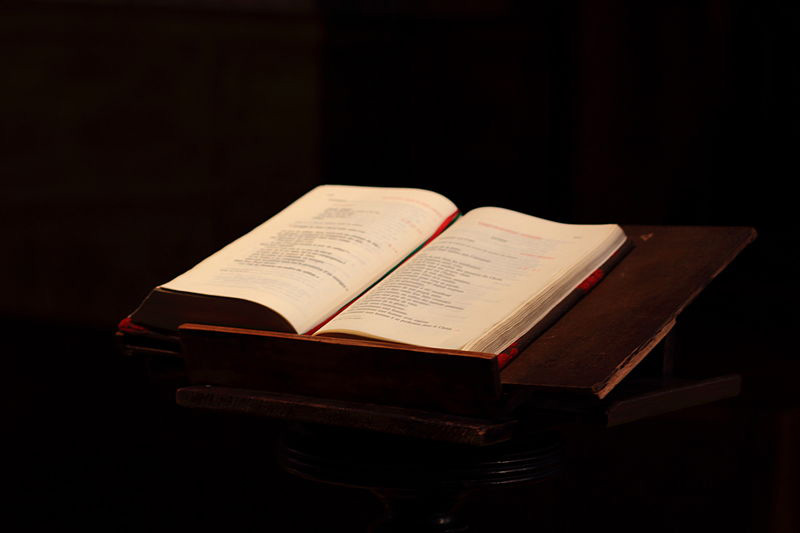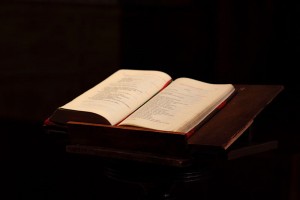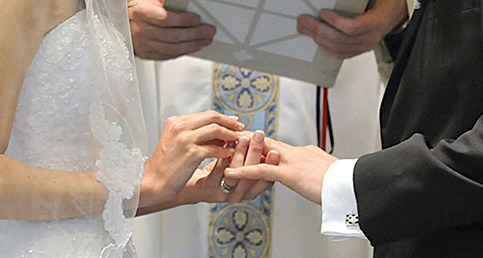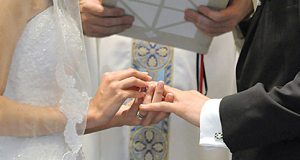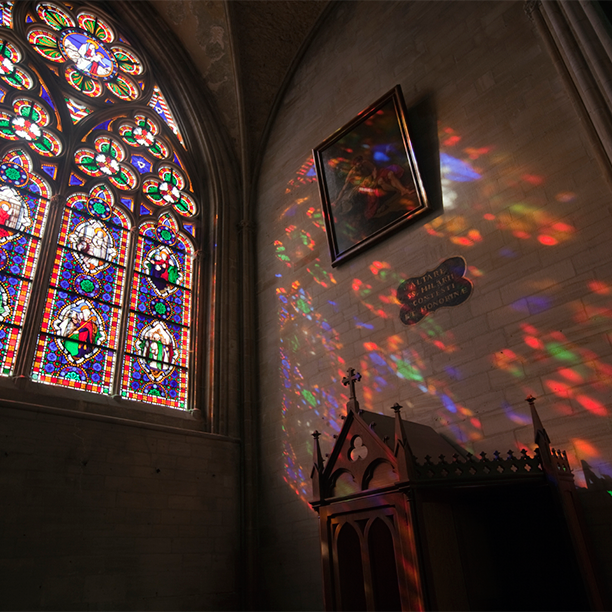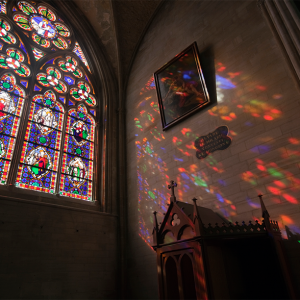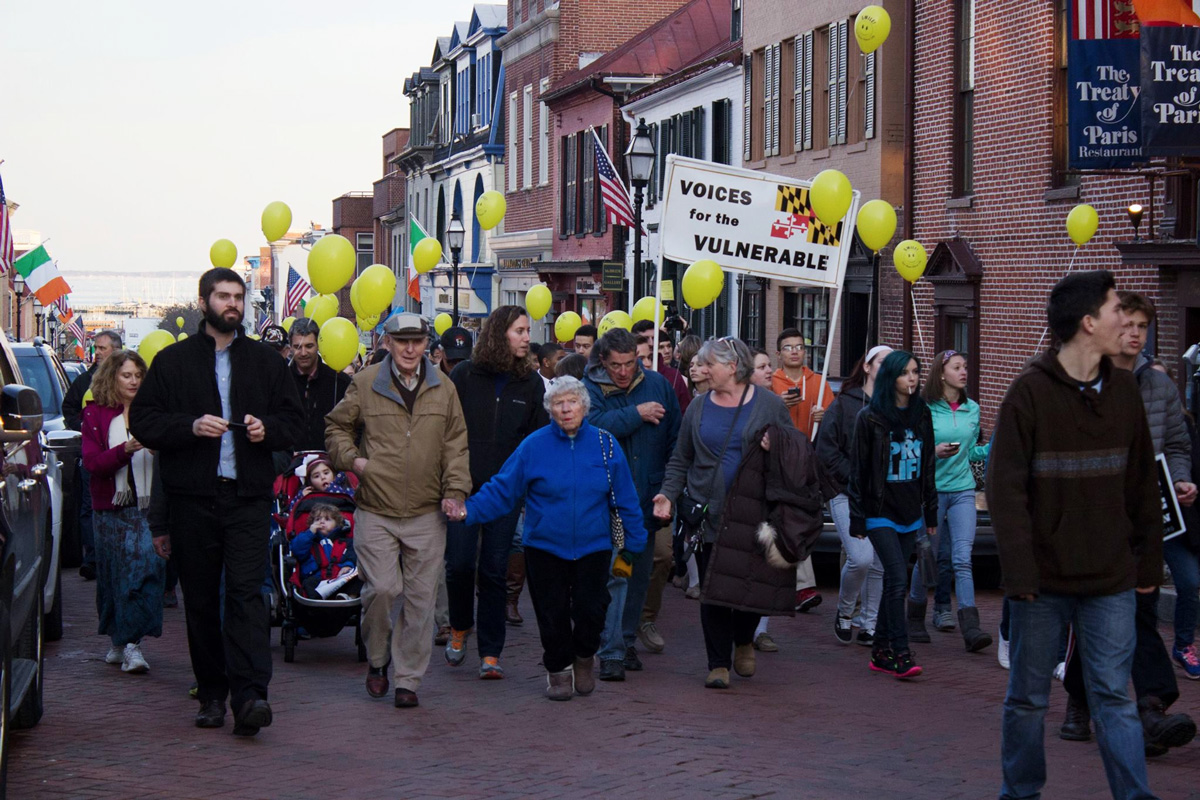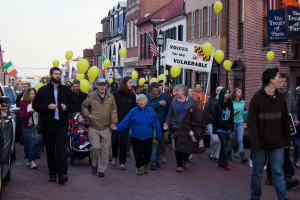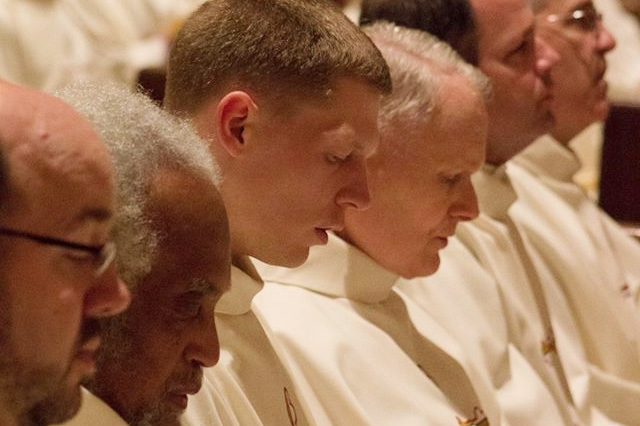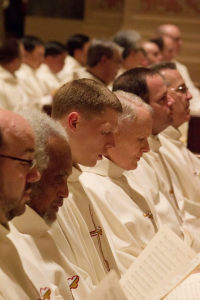 There is an interesting, albeit at times concerning, article over at Marketwatch.com that reports the simple fact that being a member of a believing community “costs” you something. And while the article is directed to a Jewish context, its implications reach all of us who believe and belong to the Church.
There is an interesting, albeit at times concerning, article over at Marketwatch.com that reports the simple fact that being a member of a believing community “costs” you something. And while the article is directed to a Jewish context, its implications reach all of us who believe and belong to the Church.
Underlying the article and those it interviews is a not so subtle premise that it is somehow wrong for faith to “cost” much. Never mind that just about anything in life costs something, involves tradeoffs and that the things we value are often where we chose to spend more. Somehow the implication of the article is that faith should be free, or less demanding financially.
Here are few excerpts from the article by Charles Passay with commentary from me in red and more substantial comments. The full article is here: The Financial Cost of Religious Faith
With the onset of Yom Kippur this evening, Jews will begin a day of fasting, prayer and reflection — all key parts of this holiest of holy days on the religion’s calendar. But this Day of Atonement often comes with another ritual of sorts — namely, a pitch from synagogue leaders for contributions….[It] may strike some as distasteful, but it underscores the reality that faith of any kind — Judaism, Christianity, Islam — often has a literal price. Houses of worship solicit donations in order to pay the bills…..
True enough, there are real costs to maintaining buildings and staffs related to houses of worship. But why should it be any more “distasteful” that a house of worship has costs and bills than say, a public school, a local recreation facility or city stadium, such that we are taxed to pay for their upkeep? The simple fact is that things we value have costs that need to be covered, churches are no different except that we are not forced to pay for them like the government does with taxes.
Beyond such fees, various religious practices, from adhering to certain dietary laws to avoiding certain types of investments, also have costs associated with them….The Jewish practice of keeping kosher — that is, adhering to a way of eating in which meats have been butchered and prepared a certain way, among other dietary matters — can translate into a 20% increase in a family’s food costs, according to one study….Some of the faithful say the financial burden has become harder to bear, especially in light of the slumping economy of late.
But again, it also costs money to go to a football game (often a LOT of money). And that money could be spent elsewhere too. But for people who value football, it is (apparently) a price they are willing to pay, along the the “privileges” of standing in long lines, sitting out in the cold rain on some game days, and paying 15 dollars for a tiny beer and hotdog. But people line up for it.
It’s about what people value. If I value my faith I accept that there are going to be some costs and inconveniences associated with it. If I want to keep my beautiful church open and in good repair, I accept that I will be asked to contribute to that, and will not have that money to spend on a movie or something else. If I want to be a true Christian, I am going to be generous to the poor and needy, and that means I can’t spend my money of some other things.
But If I love God, I value what he values and I want to do it. It’s called tradeoffs, and most people make them everyday for things they value. For Jewish people Kosher is important, and like anything important, it has some costs and tradeoffs associated with it. Welcome to life, filled with tradeoffs and with the need to decide what you value most. You can’t have it all, and almost none of it is free.
“I wish it wasn’t so expensive,” says Judy Safern, a Jewish resident of Dallas who runs a strategic consulting firm. In the past couple of years, Safern has cut back on what might be dubbed her “religion budget,” pulling her two children out of a Jewish day school in favor of a public one (a savings of $16,000) and foregoing membership to her local synagogue (a savings of $1,800). Safern’s hope is that she can maintain her faith without emptying her pocketbook. “I refuse to continue to be squeezed,” she adds.
While it is true that all of us might “wish” that things weren’t expensive, insisting on such wishes is not really a sign of maturity. A football fan might wish that the tickets in the nosebleed section behind the pillar weren’t $450 a piece, but (mysteriously) that is what the market will bear and he has to decide to pay it or not, whatever he wishes were not the case.
It is a worthy consideration, as Ms. Safern implies, to ponder if every expense is necessary. But at the end of the day faith does have costs in time, treasure, and tradeoffs. Does she value her faith so as to bear this cost…or not? From her remarks it seems doubtful that she values her faith much, since the “cost” is not worth it.
Regardless of the religion, Safern is far from alone in expressing such sentiments….A 2012 study by the Barna Group, a market research firm, found that 33% of Protestants and 41% of Catholics had reduced their contributions to churches or religious centers because of the economy….. Actually, Barna Group Vice President Clint Jenkin says it may be more than just the economy at play. He argues that a new generation of the faithful sees religion in an entirely different — and decidedly isolationist — way. “Faith is becoming much more something you do privately rather than something at an institution,” he says.
Exactly. Money and other resources are ultimately about what we value and what we do not value. The complaint about cost is not really all that much about money, it is about faith, it is about what we value. Many have devalued faith and decided that it isn’t “worth” much.
And, as the article suggests, one can try and reinvent the faith into a “private” matter. But at the end of the day it is clear that the driving force behind most theological syncretism and designer religion is not deep faith at all. It is about making faith less demanding, less costly, more convenient, more about “me” and what pleases me.
A few concluding thoughts. At one level, faith need not cost much at all. We could just meet in a local park on Sundays, expect that clergy be volunteer, and that very few implements such as books, bread and wine, candles, etc be used. But of course such an attitude seems foreign to people who value their faith more than that.
Traditionally it has been the instinct of the faithful to honor their belief with substantial buildings, and dignified implements. Further, since the faith is something weighty, the faithful do not simply depend on rookies or volunteer clergy for the most central matters of teaching the faith and leading the faithful in worship and governance. Rather, given the respect due to Holy Faith, clergy are expected by the faithful to be well trained. (I spent five years of post graduate and attained to two Master’s Degrees, then spent almost ten years in the internship of being a vicar rather than a pastor). This is par for the course and, yes, its costs money. But this is the instinct of the faithful.
So, faith, just like everything else we value does cost. And while there are legitimate discussions to be had about whether every cost is necessary, at the end of the day it is going to cost. If you want to find out what people value, find out what they spend their money and time on. In our increasingly secular and faithless world, many (including some believers) lament what faith “costs” even as we spend exorbitantly on many other things.
As I write this, it is a Sunday afternoon and quite literally billions of dollars and millions of hours have been spent today in an obsession known as “football,” a game having to do with the movement of a bag full of air on a field. Some fans (short for fanatic) spend as much as four to eight hours glued to the screen, or in loud uncomfortable stadiums. Hundreds of dollars are spent on tickets or parties. And yet many of these same people scoff at the “cost” of a Mass that lasts more than an hour, and would, if they went at all, consider themselves generous contributors if they put five or ten dollars in the basket.
Yes, Sunday is a day of great contrast.
What should faith cost? It is clear that the answer to this is for us to decide.
In the end however, the “lament” of the cost of faith reported in the article above is not about the money. It is about faith and what we really value. Everything “costs” it’s just what you decide to spend your money on that reveals what you most value. Do you value the faith? You decide, and you show it by what you are willing to pay. Where a person’s money and time is, there is their heart.
Video: the immigrants to this country were poor. But they combined nickels and dimes to build beautiful churches. Why? I suspect because they valued their faith and thought the cost to be worth it. Here are a couple of videos I put together of their gifts to us:




